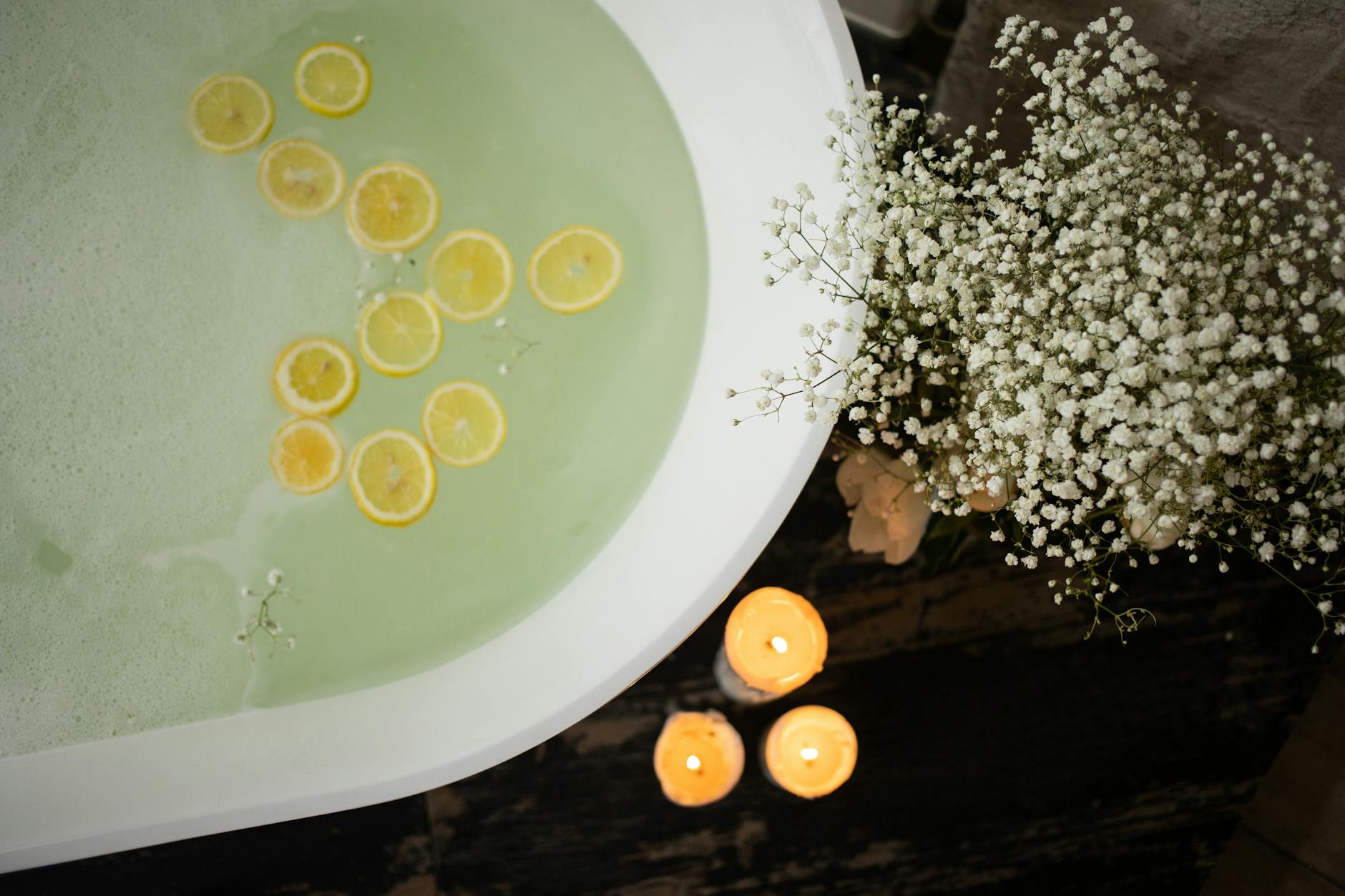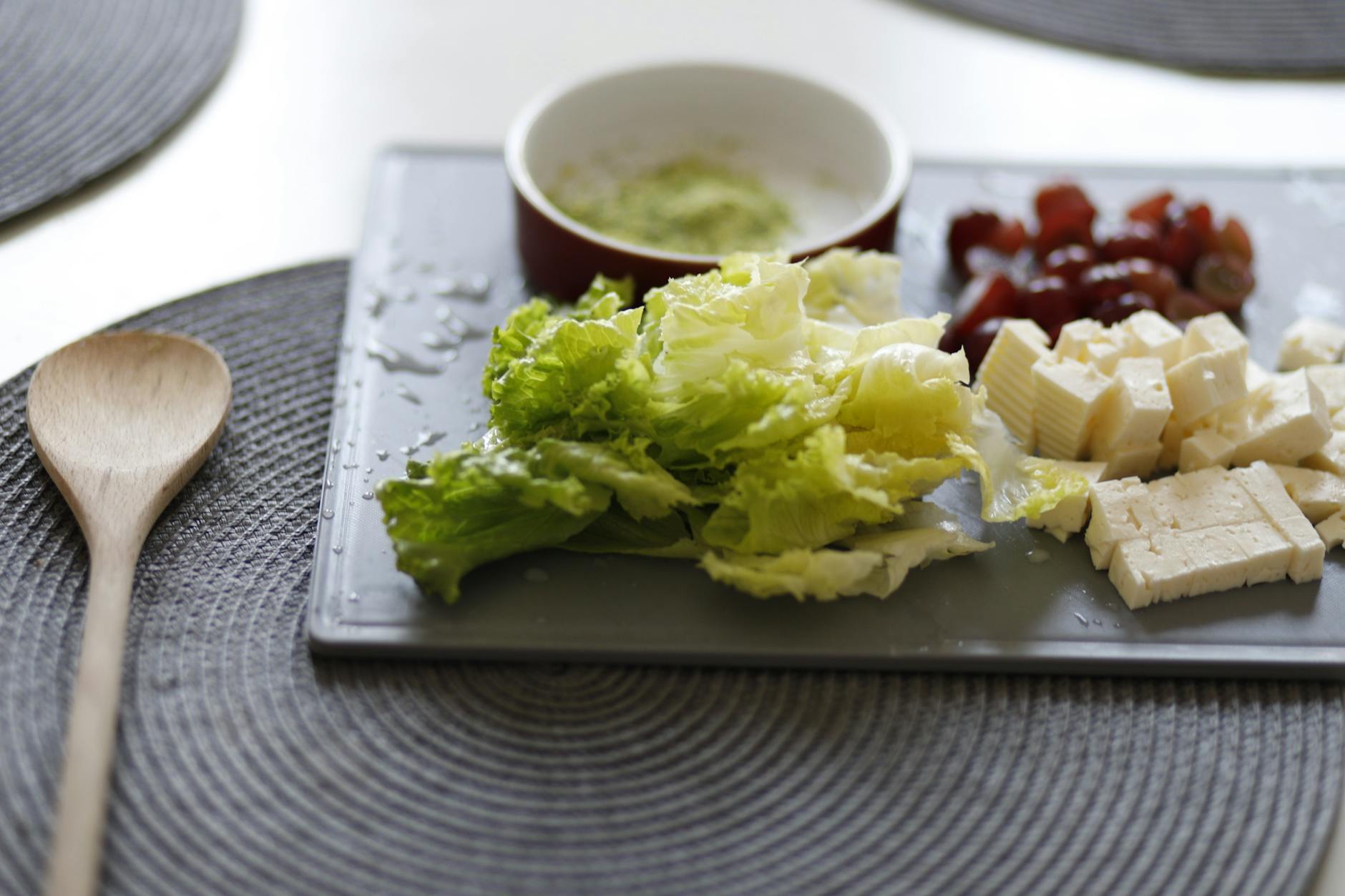Is Your Sunscreen Safe for Australia's Marine Life?

Assessing Sunscreen Ingredients
Understanding the ingredients in sunscreens is crucial for those like me who are conscious of both environmental impact and family health. While examining labels, I often look beyond the complex terminology to identify potentially harmful chemicals. Avoid ingredients like oxybenzone and octinoxate, which have been shown to contribute significantly to coral bleaching.
Opting for eco-friendly ingredients in sunscreens is not just a preference but a necessity. Look for sunblock options containing zinc oxide or titanium dioxide; these minerals physically block harmful UV rays and are deemed safer for our oceans. A local favourite of mine, especially when visiting the Fitzroy Gardens, is zinc-based sunscreen. It's reassuring to know that when my family enjoys outdoor activities, we're not compromising the local ecosystem.
Deciphering product labels can feel a bit like trying to read hieroglyphs, but understanding the terminology is key to making environmentally responsible choices. Phrases like "reef-safe" and "biodegradable" are often used; however, they can sometimes be misleading. Always cross-reference these with credible sources to ensure they align with authentic environmental standards. A little research can go a long way in ensuring my sunscreen is as effective as it is safe.
Before embarking on a family outing, I ensure we have a kids sunscreen that ticks all these boxes—peace of mind for both our skin and the planet.
Impact on Marine Life
Effects on Coral Reefs
Living in Australia means we're privileged to have access to stunning landscapes like the Royal Botanic Gardens, yet our oceans are just as vital. Discussing sunscreen's environmental impact is essential, given its adverse effects on coral reefs. Ingredients like oxybenzone and octinoxate can contribute to coral bleaching, which is a significant concern for ecosystems like the Great Barrier Reef. As these chemicals wash off our skin, they can also disrupt marine life by affecting reproduction and growth. For those concerned about sustainability and family health, choosing alternatives such as zinc sunscreen can be a wise step.
Disruption to Marine Ecosystems
The diverse marine ecosystems around Australia are fragile and sensitive to changes. Chemical sunscreens contribute to nutrient imbalances in these habitats, jeopardising a variety of marine species. The damage isn't limited to larger, well-known creatures. Planktons, vital to food chains, are also affected, creating a ripple effect throughout marine biodiversity. As an eco-conscious consumer, understanding these impacts empowers us to seek out products that reduce harm.
Case Studies from Australian Waters
Australia has been at the forefront of initiatives to protect marine environments. Studies in regions like the Great Barrier Reef have underscored the detrimental impacts of certain sunscreen ingredients. These findings have spearheaded movements advocating for environmentally friendly products. While shopping, look for certifications which affirm that the product is reef-safe, thus helping to preserve our magnificent marine beauty.
Eco-Conscious Sunscreen Selection
Certifications to Look For
When selecting sunscreen, especially for your little ones, it's crucial to keep an eye out for certifications that signal eco-friendliness and safety. Look for the "Reef Safe" label, which indicates the absence of harmful chemicals like oxybenzone and octinoxate, known to damage our oceans' coral reefs. The Australian Certified Organic (ACO) seal also provides confidence in the natural origin and minimal processing of the ingredients. Another certification to prioritise is the COSMOS-standard, which ensures product sustainability. Each of these symbols helps guarantee a more reliable choice for some peace of mind while you're out under the Fitzroy Gardens sun.
Avoiding Misleading Marketing Claims
Navigating the world of kids' sunscreens can be tricky with buzzwords like "natural" and "eco-friendly" thrown around liberally. While some products may tout these terms, it's vital to verify their validity. Check the ingredient list for naturally based UV filters like zinc oxide or titanium dioxide – key components for effective baby sunscreen options. Words like "dermatologist approved" may sound convincing but lack standard criteria and can be easily misrepresented.
Alternative Sun Protection Methods
In addition to using sunscreen, there are other ways to minimise UV exposure for your children. Invest in protective clothing with a UPF rating, such as sun hats or long-sleeved shirts. Consider planning outdoor play under shaded areas or before the sun peaks mid-afternoon. As tempting as the sunshine may be at Birrarung Marr Park, these additional measures work beautifully in tandem with your sunscreen application to protect your young ones while staying eco-conscious.
Eco-Conscious Sunscreen Selection
Recognising Trusted Certifications
As we stroll through Fitzroy Gardens or relax by the Royal Botanic Gardens, choosing a sunscreen that protects both our skin and the environment is essential. Look for credible certifications on your sunscreen labels. Ones like the COSMOS-standard or the EcoCert ensure that products meet eco-friendly standards. These certifications guide us to eco-conscious choices and underscore the importance of sunscreen physical vs chemical, allowing us to enjoy safe sun exposure while caring for nature.
Truth Behind Marketing Claims
When wandering amidst the beauty of Birrarung Marr Park, it's easy to be swayed by enticing marketing claims on sunscreen labels. However, not all claims hold water. Look for transparency in ingredient lists and avoid vague terms such as "reef-friendly" without supporting evidence. This will arm you with true insight into the products you're considering, enabling you to make a more informed and environmentally friendly choice.
Exploring Natural Sun Defence Alternatives
Sometimes, our best sunscreen isn’t found in a bottle. Natural alternatives like wearing hats, seeking shade, or timing our outdoor adventures for early morning or late afternoon provide effective sun protection. Making these simple behavioral adjustments ensures we enjoy the Australian outdoors with peace of mind, knowing we're reducing our environmental footprint. With these eco-conscious sun-care strategies, both we and nature can continue to flourish harmoniously.


